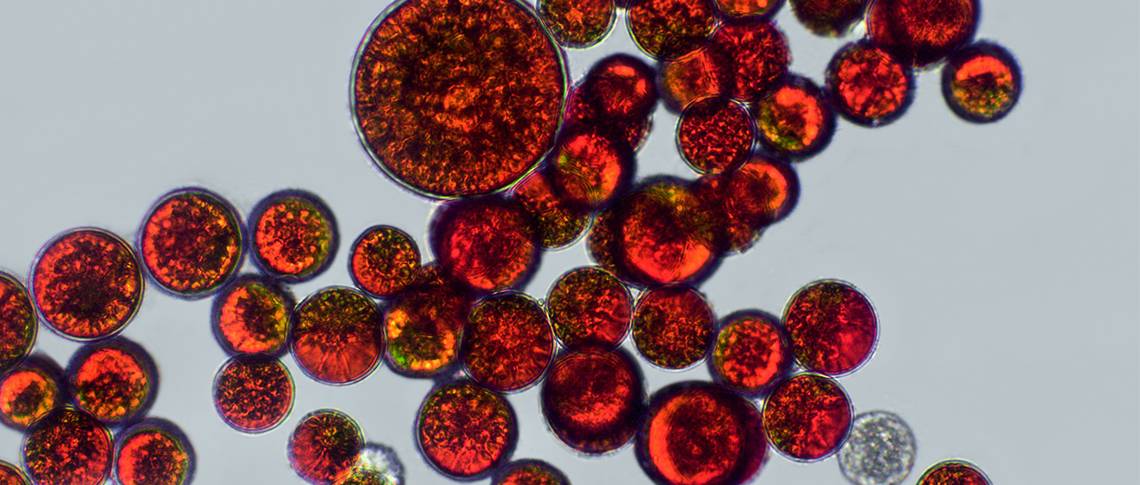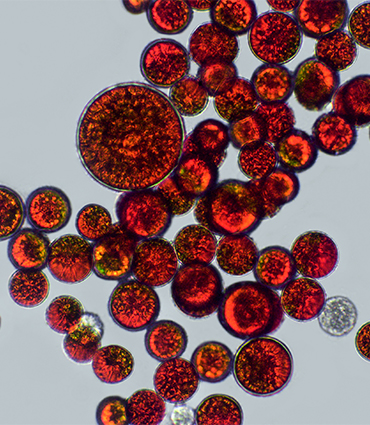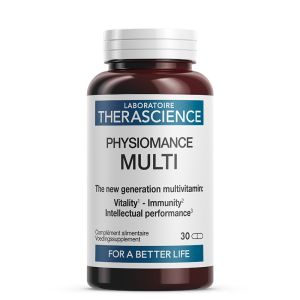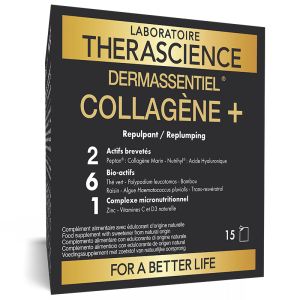- Home
- Our active ingredients
- Algae
- Haematococcus pluvialis

Haematococcus pluvialis
Number of products : 2
- 12
- 24
- 36
- Position
- New
- Price asc
- Price desc
- Name asc
- Name desc
-
from:As low as €26.30
-
€57.70
Number of products : 2
- 12
- 24
- 36
- Position
- New
- Price asc
- Price desc
- Name asc
- Name desc
-
Our active ingredients
- Fatty acids
- Algae
-
Others
- Glutamic acid
- Hyaluronic acid
- Lipoic acid
- Malic acid
- Arginine
- Astaxanthin
- Berberine
- Beta-carotene
- Betaine
- Butyrate
- Caffeine
- Carnitine
- Carnosine
- Choline
- Chondroitin sulphate
- Citicoline
- Citrate
- Citrulline
- Coenzyme Q10
- Collagen
- Creatine
- Cysteine
- Cystine
- Dimethylglycine
- Intrinsic factor
- Fibre
- FOS (fructooligosaccharides)
- Fucosyllactose
- GABA (gamma-aminobutyric acid)
- Royal jelly
- Glucosamine
- Glutamine
- Glutathione
- Glycine
- HMB (calcium β-hydroxy-β-methylbutyrate)
- Cod liver oil
- Shark liver
- Krill oil
- Inositol
- Inulin
- Lactoferrin
- Lutein
- Lycopene
- Lysine
- Melatonin
- Methionine
- MSM (methylsulphonylmethane)
- NAC (N-acetylcysteine)
- NADH (Nicotinamide Adenine Dinucleotide reduced form)
- Ornithine
- PABA (para-aminobenzoic acid)
- Apple pectin
- Pollen
- Polyphenols
- PQQ (pyrroloquinoline quinone disodium salt)
- Propolis
- Pterostilbene
- Quercetin
- Resveratrol
- Rutin
- Serine
- SOD (Superoxyde Dismutase)
- Taurine
- MCT (Medium chain triglyceride)
- Threonine
- Tryptophan
- Tyrosine
- Zeaxanthin
- PEA (Palmitoylethanolamide)
- D-mannose
- Postbiotic
- Enzymes
- Minerals and oligo-elements
-
Plants and fungi
- Acerola
- Milfoil
- Garlic
- Alchemilla
- Aloe vera
- Pineapple
- Angelica
- Aronia
- Artichoke
- Ashwagandha
- Astragale
- Hawthorn
- Elecampane
- Bacopa
- Bamboo tabashir
- Burdock
- Red beet
- Boldo
- Boswellia serrata
- Birch
- Broccoli
- Cocoa
- German chamomile
- Cinnamon
- Carob
- Caraway
- Blackcurrant
- Wheat ceramides
- Vegetal carbon
- Milk Thistle
- Chicory
- Quackgrass
- Chlorophyll
- Chrysanthellum
- Citrus
- Commiphora mukul
- Coriander
- Cranberry
- Turmeric
- Cypress
- Desmodium
- Echinacea
- Eleutherococcus
- Small-flowered fireweed
- Erysimum officinale
- Eschscholzia (California poppy)
- Fennel
- Fenugreek
- Butcher's broom
- Ash
- Fumitory
- Garcinia cambogia
- Chasteberry
- Ginger
- Ginkgo biloba
- Ginseng
- Pomegranate
- Griffonia
- Grindelia
- Guarana
- Marshmallow
- Gymnema sylvestre
- Witch-hazel
- Harpagophytum
- Hibiscus
- Hop
- Argan oil
- Sea buckthorn oil
- Evening primrose
- Borage oil
- Safflower oil
- Linseed oil
- Kudzu
- Red yeast rice
- Bird's-foot trefoil
- Maca
- Maitake
- Horse-chestnut
- Yerba Mate
- Melilotus officinalis
- Lemon balm
- Peppermint
- St. John's Wort
- Blueberry
- Olive
- Oregano
- Orthosiphon
- Nettle
- Fermented papaya
- Paprika
- Passion flower
- Wild Pansy
- Pumpkin seed
- Grapefruit seed
- Perilla
- Mouse-ear hawkweed
- Maritime pine
- Scots pine
- Dandelion
- Ribwort plantain
- Black pepper
- Polypodium leucotomos
- Horsetail
- Prune
- Blond Psyllium = Ispaghul
- Cherry peduncle
- Horseradish
- Grape
- Liquorice
- Meadowsweet
- Reishi
- Golden root
- Rosemary
- Saffron
- Salvia sclarea
- Willow
- Saw palmetto (Serenoa repens)
- Skullcap
- Shiitake
- Solidago
- Sophora japonica
- Tamarind
- White tea
- Green tea
- Thyme
- Red clover
- Tribulus terrestris
- Uña de gato (Uncaria tomentosa)
- Valerian
- Red vine
- Damiana
- Feverfew
- Cornflower
- Grapefruit
- Orange
- Mango (leaves)
-
Strains of flora
- Bifidobacterium animalis lactis BS01
- Bifidobacterium breve
- Bifidobacterium infantis BIO2
- Bifidobacterium longum BL03
- Lactobacillus acidophilus LA-3
- Lactobacillus helveticus Lafti® L10
- Lactobacillus plantarum BG112
- Lactobacillus reuteri DSM17648
- Lactobacillus reuteri LR92
- Lactobacillus rhamnosus GG
- Lactobacillus salivarius SP2
- Microbiota strains
- Streptococcus thermophilus SP4
- Lactobacillus casei LC03
- Vitamins

Haematococcus pluvialis

Latin name:
Haematococcus pluvialis Flotow
Common name:
Haematococcus pluvialis
Family:
Haematococcaceae
Origin:
South India, South East Asia, North Australia
Description
Sometimes you may wonder why shellfish or flamingos have a pinkish-red colour. This colour is given to them by Haematococcus pluvialis, a red unicellular algae present in their diet.
Haematococcus pluvialiscontains carotenoids, particularly astaxanthin, a red pigment. Astaxanthin is an antioxidant that allows the algae to protect itself from the sun's rays in order to avoid UV damage to the DNA.
Astaxanthin represents 6% of the total weight of this algae. This pigment is 6,000 times more antioxidant than vitamin C.
Haematococcus pluvialis acts as a protector against the oxidation of brain cells thanks to astaxanthin's ability to cross the blood-brain barrier. This pigment is also an eye protector and prevents skin ageing. This algae helps to improve endurance and performance while reducing recovery time.
The benefits
The astaxanthin contained in the red alga Haematococcus pluvialis, is a pigment of the carotenoid family. Astaxanthin is an antioxidant that contributes to the protection of cells against oxidative stress caused by free radicals.
The particularities of the THERASCIENCE Laboratory
Haematococcus pluvialis is a unicellular alga found in Arctic marine environments. It contains a natural carotenoid pigment: astaxanthin.
The THERASCIENCE Laboratory uses a patented AlgalifTM astaxanthin which guarantees a 100% pure and natural astaxanthin, of high quality, extracted with respect for the environment.
Haematococcus pluvialis is grown in the ultra-pure water of Iceland. It is guaranteed GMO-free and free of traces of heavy metals. The cultivation parameters are rigorously controlled in order to obtain an optimal concentration of astaxanthin.
As part of an eco-responsible approach, the cultivation of Haematococcus pluvialis enables the astaxanthin requirements to be covered without depleting the natural stock.












